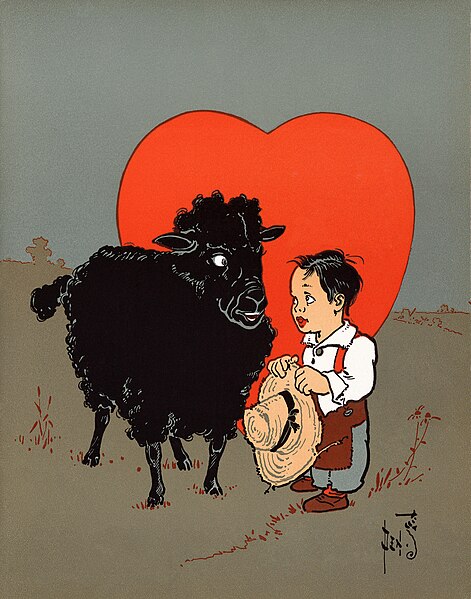Humpty Dumpty is a character in an English nursery rhyme, probably originally a riddle and one of the best known in the English-speaking world. He is typically portrayed as an anthropomorphic egg, though he is not explicitly described as such. The first recorded versions of the rhyme date from late eighteenth-century England and the tune from 1870 in James William Elliott's National Nursery Rhymes and Nursery Songs. Its origins are obscure, and several theories have been advanced to suggest original meanings.
Illustration by W. W. Denslow, 1904
Illustration from Walter Crane's Mother Goose's Nursery Rhymes (1877), showing Humpty Dumpty as a boy.
Humpty Dumpty, shown as a riddle with answer, in a 1902 Mother Goose story book by W. W. Denslow
Poster advertising a pantomime version at the Olympic Theatre in New York 1868, starring George L. Fox
A nursery rhyme is a traditional poem or song for children in Britain and many other countries, but usage of the term dates only from the late 18th/early 19th century. The term Mother Goose rhymes is interchangeable with nursery rhymes.
Illustration of "Hey Diddle Diddle", a well-known nursery rhyme
Popular Nursery Tales and Rhymes, Warner & Routledge, London, c. 1859
"Baa, Baa, Black Sheep", from a 1901 illustration by William Wallace Denslow







